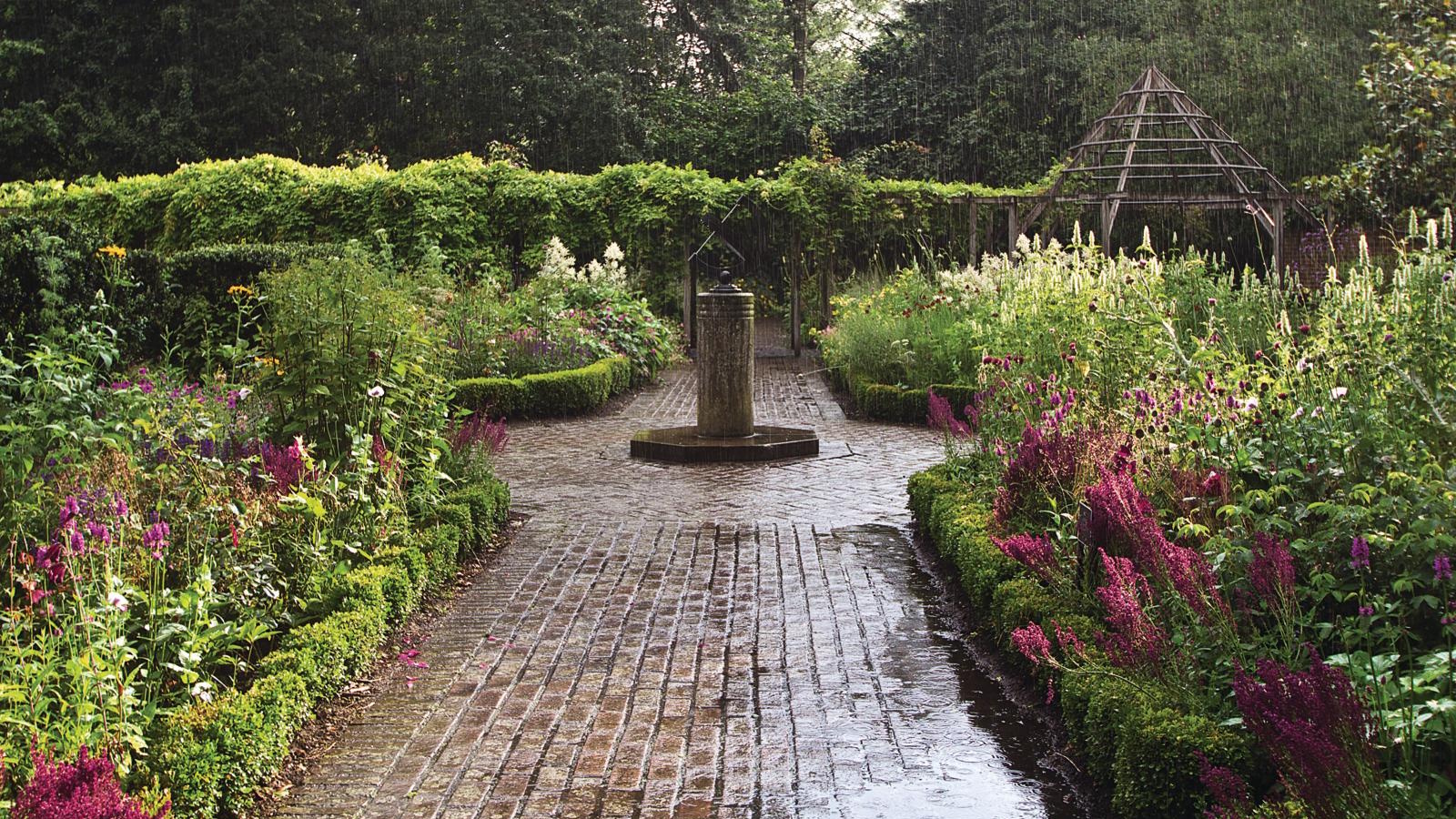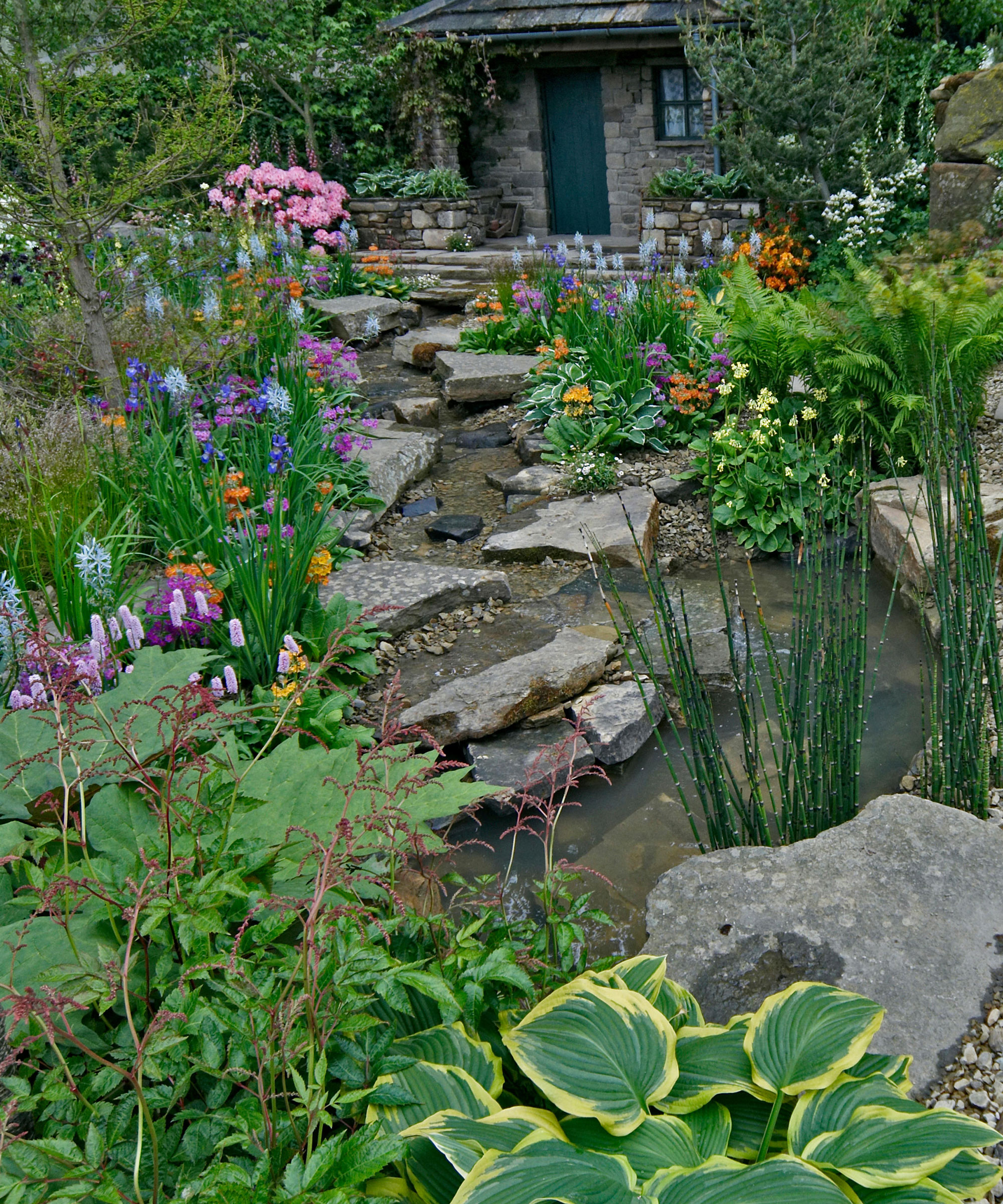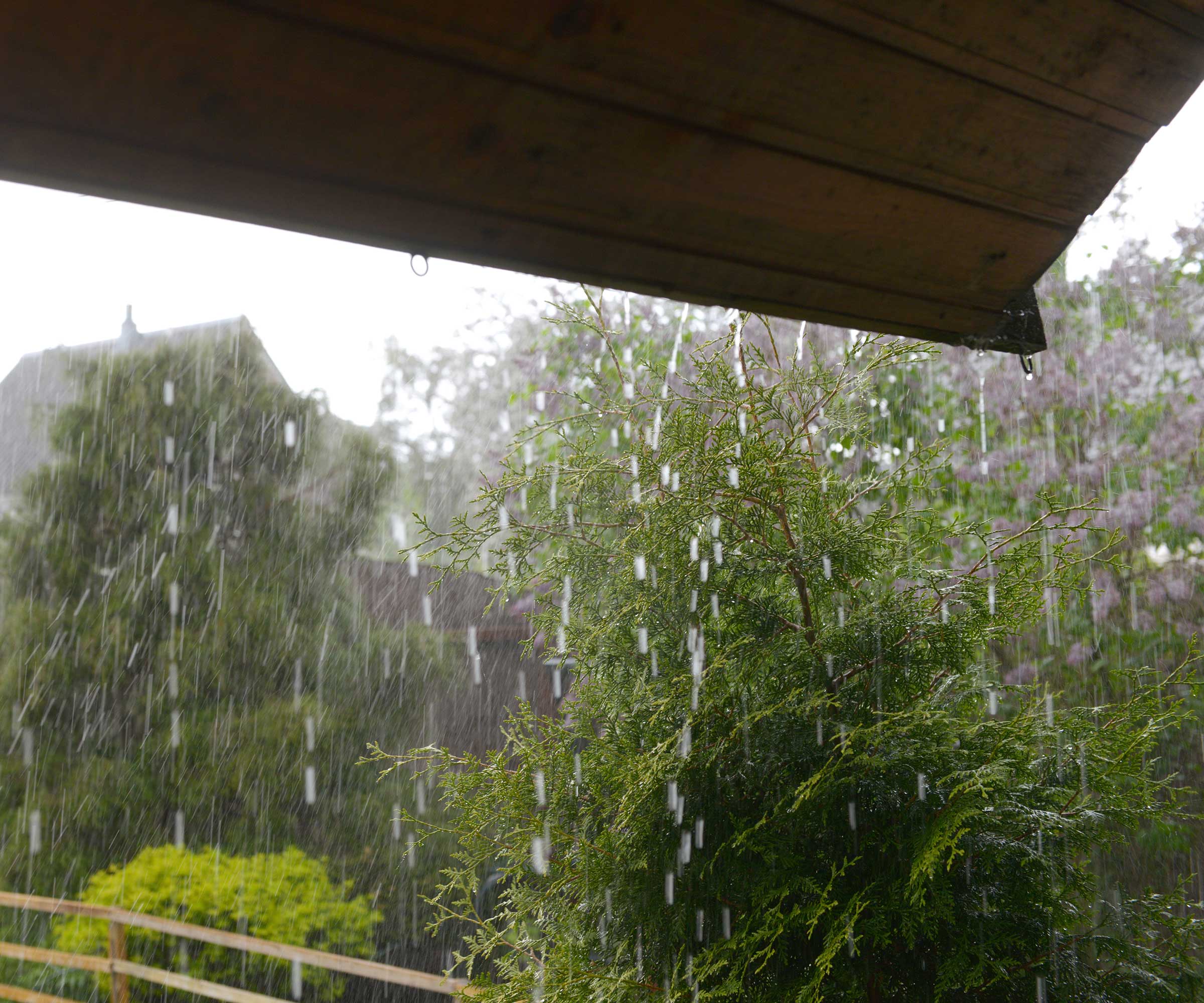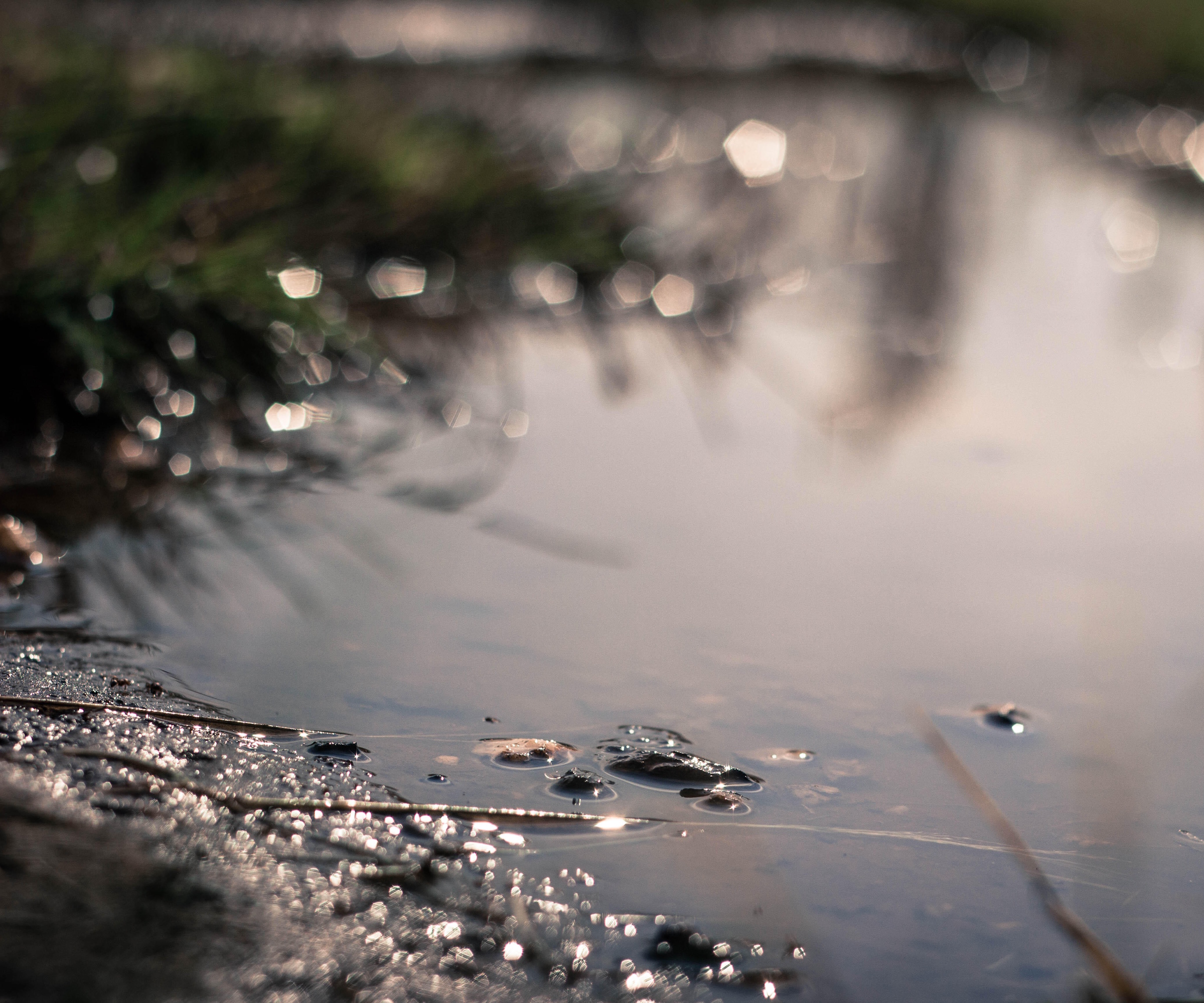I Tried This Method of Rainwater Harvesting Without a Gutter and It Instantly Cut My Water Bill – Plus 2 Other Methods For Low Effort Water Collection
The majority of rainwater harvesting tools require a downspout, but these methods make it possible without needing to use your gutter


After some very hot summer days here in the UK, the fall season has started as a rainy one. I'm not complaining, though, as it's given my thirsty garden a good drink and inspired me to start harvesting rainwater to save on water bills and practice sustainability in my yard. The one caveat is that I don't have access to a downspout from my gutters. This hasn't been a problem, though, as I've found some amazing solutions that allow me to harvest rainwater without a gutter.
Anyone who has done their research into rainwater harvesting has likely come across all sorts of products like rain chains and rain barrels. These tools often require being attached to a downspout where rainwater collects from gutters. If, like me, you lack access to a downspout, or perhaps you don't wish to make such big adjustments to your gutters, there are ways to harvest rainwater without a gutter.
You can even use a rain barrel without a gutter by setting it up in a different way. Or, you can use other containers and place them strategically to collect rainwater. Here, I talk through three of the best ways to harvest rainwater without a gutter, including the best method I've tried, so you can implement this eco-friendly garden idea in your own yard.

3 Ways to Harvest Rainwater Without a Gutter
All of the below ways to harvest rainwater without a gutter abide by regulations that make rainwater harvesting legal. Whether you want to use a rain barrel or try out a more creative method, it's perfectly doable to collect rainwater for use in the yard without needing a gutter.
1. Use Your Rain Barrel at Natural Drip Points

Up first is the method I've tried: simply using a rain barrel at natural drip points without having to attach it to a downspout.
This is an extremely low-maintenance rainwater harvesting technique, and it seems to be working well in my yard.
You need a wide rain barrel for this to be most effective, leaving it open to collect the rainwater. This rain barrel from Amazon has a removable lid, making it ideal for this kind of setup.
Design expertise in your inbox – from inspiring decorating ideas and beautiful celebrity homes to practical gardening advice and shopping round-ups.
Identify where rain naturally drips in your yard. This could be from sloped roofs, sheds, garden structures and features, and maybe even some trees.
You can then position the rain barrel to catch the water as it drips. Rain pots work in just the same way and can provide a more attractive display, like this terracotta rain water pot from Home Depot.
The one downside? With the wide opening being exposed, it isn't as easy to keep the water free of debris, like fallen leaves. To counter this, I simply remove any debris as I walk past and clear out the barrel every so often – it would be a rain barrel mistake to let debris build up, causing stagnant and dirty water and perhaps even blocking your access to the harvested rainwater.
2. Create a Tarp Rain Collector

Instead of using a downspout to direct water into a rain barrel or container, you can set up an angled tarp.
For this, you will need a tarp (like this from Amazon) and a container, whether its a rain barrel or large plastic buckets like these from Amazon.
You will want to place your tarp on a high surface, like a roof, and angle it so water collects and drips down to the lowest corner. At the bottom of that corner, place your collection container.
This is a great method to pair with the first technique, for example, if you have gutters preventing water from dripping down into a rain barrel.
While this is an extremely inexpensive method of harvesting rainwater without a gutter, it may not be the prettiest. For this reason, consider placing it somewhere hidden in the yard, such as behind shrubs, which can conceal it as an eyesore.
3. Harvest Rainwater From the Ground

The last method on my list of how to harvest rainwater without a gutter is to collect it from the ground. It's essentially creating a mini reservoir in your garden and can be a great feature to add to a rain garden.
The first step in doing this is identifying a natural collection area in your yard. This ideally is the lowest-lying ground in your outdoor space, where puddles naturally form after heavy rainfall.
In this area, you need to install a catchment feature. This could be a permeable surface, like gravel, that soaks up rainwater and seeps it into a collection space beneath, or it could be a swale to slow and direct water into a collection point like a bucket.
You could even use a French drain in this area, which is a gravel-filled trench with a pipe that redirects water underground.
This method can look a lot more subtle than the others, not disrupting your yard's landscape.
FAQs
Can you use a rain chain without a gutter?
It is possible to use a rain chain without a gutter, though it requires some creativity to set up. You will need a roof rain diverter (from Amazon) which funnels rain from a roof corner to the top of your rain chain, rather than into a gutter. Another method is installing a rain funnel (like this from Amazon) to direct rainwater to the top of your rain chain.
There are lots of ways to get creative with collecting rainwater in the yard. It's a great way to reduce water waste in the yard, too.
If you are planning to incorporate a rain barrel into your rainwater harvesting set-up, read our guide on how to prevent algae in a rain barrel to ensure the water you collect stays clean.

Tenielle is a Gardens Content Editor at Homes & Gardens. She holds a qualification in MA Magazine Journalism and has over six years of journalistic experience. Before coming to Homes & Gardens, Tenielle was in the editorial department at the Royal Horticultural Society and worked on The Garden magazine. As our in-house houseplant expert, Tenielle writes on a range of solutions to houseplant problems, as well as other 'how to' guides, inspiring garden projects, and the latest gardening news. When she isn't writing, Tenielle can be found propagating her ever-growing collection of indoor plants, helping others overcome common houseplant pests and diseases, volunteering at a local gardening club, and attending gardening workshops, like a composting masterclass.
You must confirm your public display name before commenting
Please logout and then login again, you will then be prompted to enter your display name.